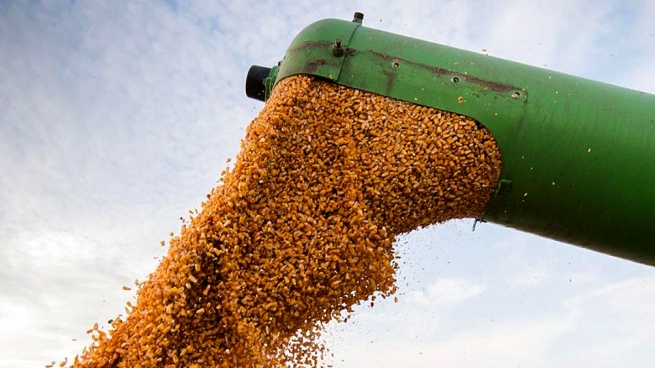The Buenos Aires Cereal Exchange (BCBA) estimated this Wednesday possible losses of between US$2,000 and US$2,500 million in grain exports and derivatives of the current campaign due to the effects of the drought on crops.
According to the two scenarios proposed by the stock exchange entity, a moderate drought is considered (average yield and average lost area only applied to the area of early corn) and a severe one (minimum yield and maximum area lost in corn and soybean).
These scenarios are compared with a base one that responds to the first estimates made at the beginning of the campaign, and total shipments could be between US$34,033 and US$33,524 million.
This would mean a decrease of 5.5% compared to the US$ 36,031 million that were initially stipulated.
Although the cuts in exports are considerable compared to what was initially expected, the drops in production would be much greater
Thus, it was contemplated that corn would go from 57.6 million tons in a base scenario to 49.4 million in a moderate one and 43.7 million in a severe one.
By the side of soybeans would go from 48.5 million to 42 million in a moderate proposal and to 37.6 million in a severe one.
“These soybean and corn production shocks would produce a drop in the Gross Agroindustrial Product (PBA) adding the 6 extensive crop chains of the order of 6.1% in the case of a moderate drought, and 9% in a severe one, in compared to the baseline scenario. This would mean a decrease of US$ 2,726 and US$ 3,830 million, respectively,” the entity explained.
If the projection of the International Monetary Fund for Argentina’s GDP in 2022, estimated at US$ 483,770 million, is taken, the moderate scenario would have an impact of -0.6% of GDP, while in the severe scenario the impact would be a 0.8% drop in GDP.
According to the BCBA, the current thick cycle “is characterized by conditions of lack of humidity in the profile in several of the main productive areas of Argentina, confirming a scenario of drought” and that although the latest rains allowed “momentarily to improve” the situation of the crops, new rainfall will be “necessary” in February so as not to aggravate the situation.

















